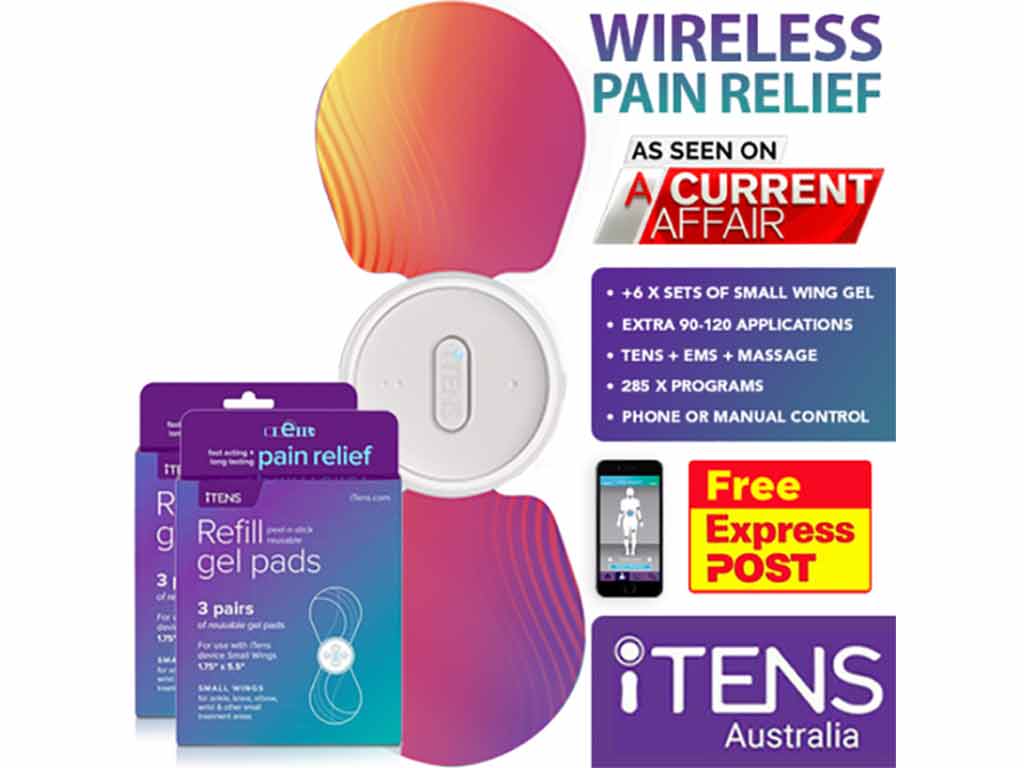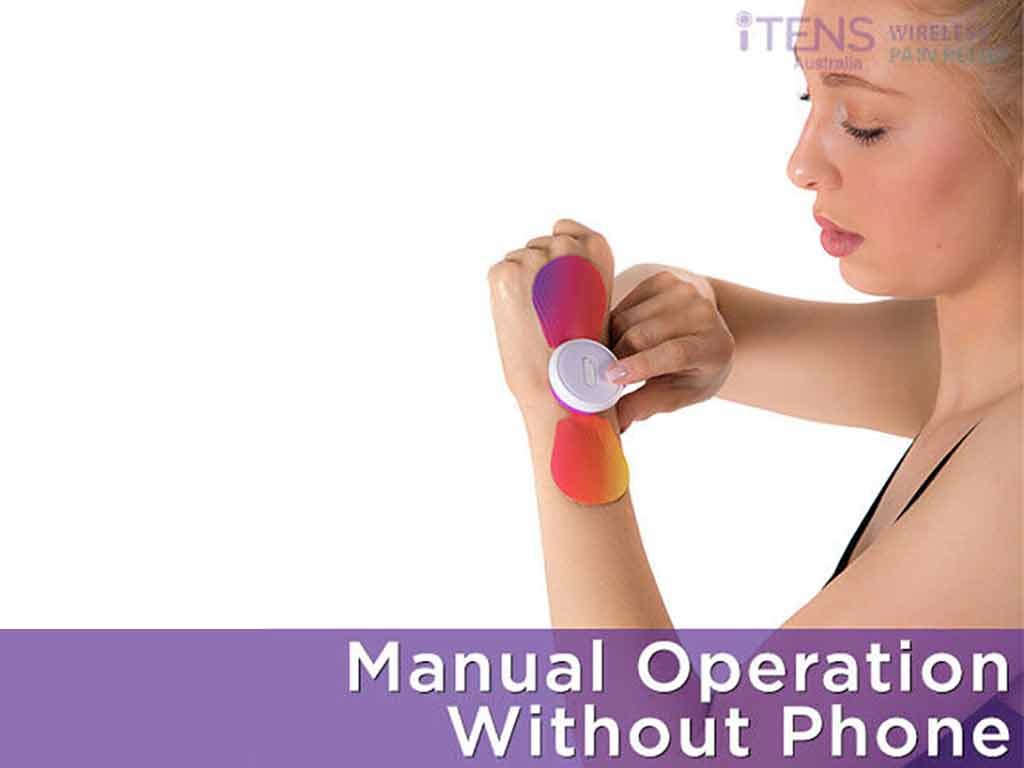
Electric therapy machines are popular tools used in pain management and physical therapy. They consist of a pulse generator and sets of electrodes placed on the skin. Hence, it is a non-invasive way to relieve pain or stimulate the muscles through low-voltage electrical currents. To use these devices, stick the adhesive pads on the treatment area and adjust the settings. Start with a low-intensity level to allow the body to adjust to the electrical stimulation.
Transcutaneous Electrical Nerve Stimulation (TENS) is one of the most used therapies for pain relief. TENS machines are common in pain clinics and rehabilitation centres to help patients with chronic pain, sports injuries, or postoperative pain. Moreover, portable devices are also available for personal use. Nevertheless, proper use is vital for safe and effective treatment. In this guide, we will explore how TENS machines work and how to use them effectively.
What is a TENS Electric Therapy Machine?
A TENS electric therapy machine is a small, battery-operated device that delivers electrical impulses to the body. The electrical impulses stimulate the nerves to relieve pain and promote healing. Traditionally, TENS therapy is only accessible to pain clinics or therapy centres under the supervision of a healthcare professional. With technological developments, individuals can now use the device from the comfort of their homes.
TENS machines have customisable settings to control the pulse rate, pulse duration, and intensity. The flexibility of the device enables individuals to find the most effective pain relief. To use the device, position the electrode pads on the sides of the pain area. Then, turn on the unit and adjust the settings. Treatment sessions usually last between 20 to 30 minutes.
Before using a TENS machine, it is advisable to consult with a healthcare provider to ensure its safety and effectiveness. They can guide patients on the appropriate settings for a particular condition. Additionally, they can advise safety precautions, especially for pregnant women and people with pacemakers and serious medical conditions.
History of Electric Therapy
- Electric therapy dates back to ancient Greek and Roman civilisations that used electric fish to treat pain.
- In the 18th and 19th centuries, researchers began experimenting with electrical devices to treat various illnesses and pain conditions. This led to the development of early electrotherapy machines.
- In the 1970s, American Neurosurgeon Norman Shealy developed the first modern TENS machine. It revolutionised electric therapy, making drug-free pain management more accessible to patients.
- Today, electrical stimulation machines can help treat a wide range of conditions and rehabilitate muscles.
- Modern devices include wireless digital technology, multiple channels, and treatment modes.

How a TENS Electric Therapy Machine Works
A TENS electric therapy machine generates and sends small electric currents through electrodes placed near the area of pain or discomfort. When the unit is turned on, the electrical impulses travel through the nerves and create a tingling or buzzing sensation. This helps to block pain signals from reaching the brain by closing the pain gate mechanism.
Moreover, the electrical nerve stimulation can trigger the release of endorphins, the natural pain relievers of the body. They help reduce the perception of pain by binding to opioid receptors and inhibiting them from sending pain messages. In addition, it boosts blood circulation, which helps to reduce inflammation and speed up healing of injured or damaged tissues. As a result, it can provide a sense of relief and comfort.
Different frequency levels can target specific pain-relieving mechanisms. For instance, low-frequency (LF) TENS at 2-10 Hz stimulates endorphin release. This setting is ideal for chronic pains. On the other hand, high-frequency (HF) TENS at 50-120 Hz is best suited for acute pain. Most TENS units feature different modes, each offering varying patterns of electrical stimulation.
Benefits
TENS machines can provide numerous benefits for individuals seeking pain relief and healing. One of the main advantages of TENS is it offers drug-free treatment. The electrical pulses can help relieve pain without the use of medicines and their associated side effects. Thus, it can serve as an alternative to oral painkillers.
Furthermore, TENS allows versatile applications. It can target various areas of the body, providing localised relief. Additionally, the TENS devices are easy to use. Individuals can easily set up the machines and operate them on their own. Lastly, their portability makes them discreet to use and not hinder with daily activities.

Types of Pain Treated with a TENS Electric Therapy Machine
TENS electric therapy machines can be effective in treating a wide range of ailments. Thus, they are beneficial for people with multiple pain conditions. One type of pain that TENS can be helpful with is neuropathic pain. It is caused by damage or dysfunction in the nervous system, causing them to serve abnormal signals to the brain. Nerve pains can result from nerve compression and diabetic neuropathy.
The second type is musculoskeletal pain. TENS machines can help alleviate joint pains like arthritis, fibromyalgia, tendon pain, postural strain, and muscle injuries. The electrical stimulation helps relax the muscles and increase blood circulation. Consequently, it relieves pain, eases muscle tension, and improves the range of motion.
Furthermore, TENS machines are helpful for managing post-surgical pain. After an operation, many individuals experience pain during the rehabilitation process. TENS can help reduce discomfort until the body makes a full recovery. Finally, TENS can provide significant pain relief during labour. It gives women a sense of control over their contractions, making the birthing experience more comfortable.
Potential Side Effects
While therapy machines like TENS are generally safe to use, there are potential side effects to be aware of. One of the common considerations is allergic reactions. Some individuals may experience skin irritation or redness at the site of electrode placements. This can be avoided by using hypoallergenic electrode pads.
Muscle twitching may also occur. Additionally, noticeable pulses may be the result of high-intensity stimulation. This is typically temporary and subsides once the session is over. Muscle soreness is also possible, especially for prolonged treatments. It is best to keep the therapy duration below one hour. If symptoms persist, consult a professional.
Conclusion
TENS electric therapy machines are convenient and effective tools for managing pain and promoting healing. They are portable devices that deliver mild electrical pulses to the body through the electrode pads. TENS therapy works by stimulating the nerves to block pain signals and releasing endorphins. To use the device, place the electrode pads near the pain area and adjust the settings according to preference or comfort level. This flexibility allows users to find the most optimal results.
The flexibility of the TENS device can help treat a wide range of acute and chronic pain conditions. It is a natural form of pain relief for conditions like arthritis, neuropathy, musculoskeletal injuries, and postoperative pain. It can also help reduce the intensity of labour pain. With proper usage and safety guidelines, individuals can maximise the benefits of TENS treatment. However, be sure to consult a physical therapist or doctor before using TENS machines for advice.




















